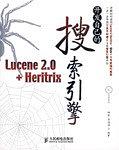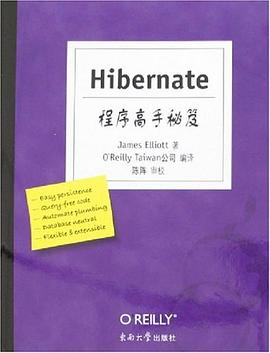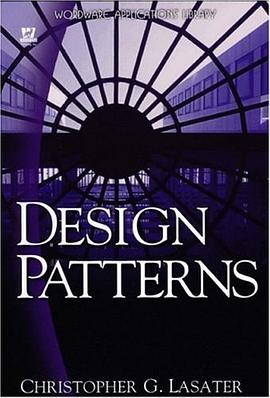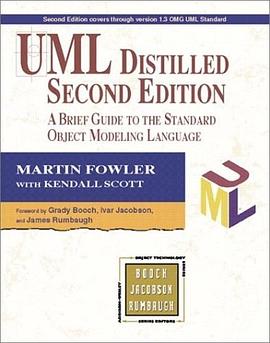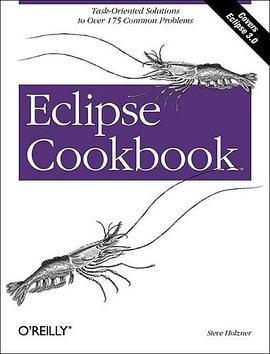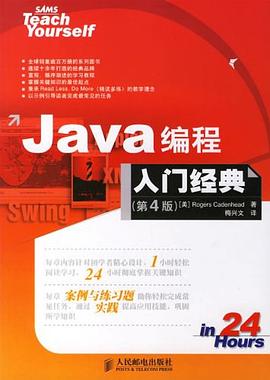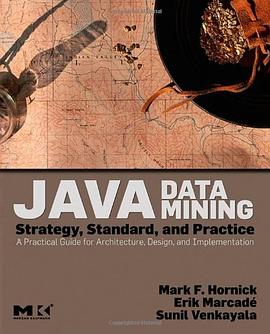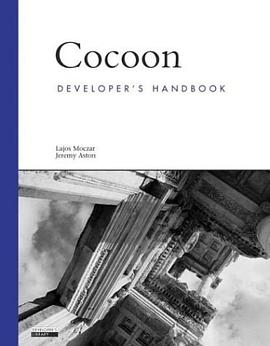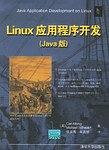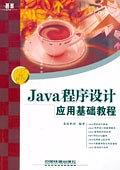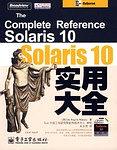

Welcome to the fourth edition of The Java something that covered every class and briefly showed their relationships; something thatwould allow me to explore and quickly learn about new packages. This need led to this book. The Java #153 Developers Almanac is like a map of the Java class libraries. It's a compactand portable tool that covers almost all of the libraries, if only from a bird's-eye view. It'sgreat for reminding you of things like method names and parameters. With today's class countat 3000, you're bound to forget a few details now and again. The almanac is great for discoveringthe relationships between the classes, such as determining all methods that return animage. It's also great for quickly exploring a new package. While this book is comprehensive, the libraries are so vast that there simply isn't enoughroom to provide equally comprehensive documentation. So if you're working with a packagethat is new to you, you'll probably also need a tutorial book such as The Java Tutorial, SecondEdition (Campione and Walrath, Addison-Wesley, 1998), a detailed reference such as The JavaClass Libraries, Volumes 1 and 2 (Chan, Lee, and Kramer, Addison-Wesley, 1998), and/or theon-line documentation at http://java.sun.com/docs . The book is divided into four parts, briefly described next. Part 1: Packages This part covers each package in alphabetical order: a brief description of the package, a descriptionof each class and interface in the package, and a hierarchy diagram showing the relationshipbetween the classes and interfaces in the package. This part is useful when you need an overviewof a package or want to see what other related classes are available in a package. Most packages provide a number of examples demonstrating common usage of classes inthe package. The examples are designed to demonstrate a particular task using the smallestamount of code possible. Their main purpose is to show you which classes are involved in thedescribed task and generally how they interact with each other. Part 2: Classes This part contains 500 pages of class tables, one for each class in all the covered packages. Eachclass table includes a class tree that shows the ancestry of the class and a list of every member inthe class. Also included in the member lists are inherited members from superclasses. Thus youhave a complete view of all members made available by a class. This part is useful when you'realready working with a particular class and want a quick reference to all of the members in theclass. New for this edition are example numbers on some of the members. This number refers toan example that demonstrates the use of the member (or a related member). Part 3: Topics This part is a set of quick-reference tables on miscellaneous topics. For example, the topic title"Java 1.4" contains a detailed analysis of the API differences between Java 1.3 and Java 1.4. Part 4: Cross-Reference This part is a cross-reference of all of the Java classes and interfaces covered in this book. Thispart is useful when you have questions such as What methods return an Image object? or Whatare all the descendents of java.io.InputStream? Updates As the title suggests, this book is intended to be updated whenever a new major version of theJava class libraries is released. Since it is designed for you to use in your everyday programming-related work, I would love to hear how I could improve it for the next version or simplywhat you thought about it. Although I'm afraid I probably won't be able to reply, I promise toread and consider each suggestion I receive. You can reach me at the following e-mail address: almanac14@xeo.com 0201752808P02282002
具體描述
讀後感
評分
評分
評分
評分
用戶評價
問:JDK怎麼用? 答:看看此書就知道瞭!
评分很不錯的書
评分很不錯的書
评分問:JDK怎麼用? 答:看看此書就知道瞭!
评分很不錯的書
相關圖書
本站所有內容均為互聯網搜索引擎提供的公開搜索信息,本站不存儲任何數據與內容,任何內容與數據均與本站無關,如有需要請聯繫相關搜索引擎包括但不限於百度,google,bing,sogou 等
© 2025 qciss.net All Rights Reserved. 小哈圖書下載中心 版权所有

